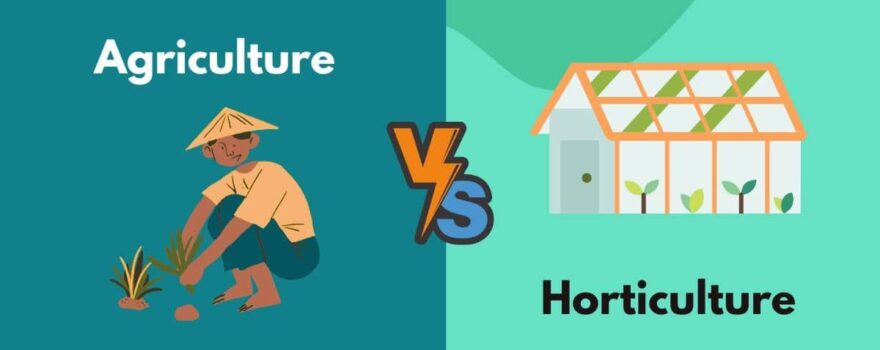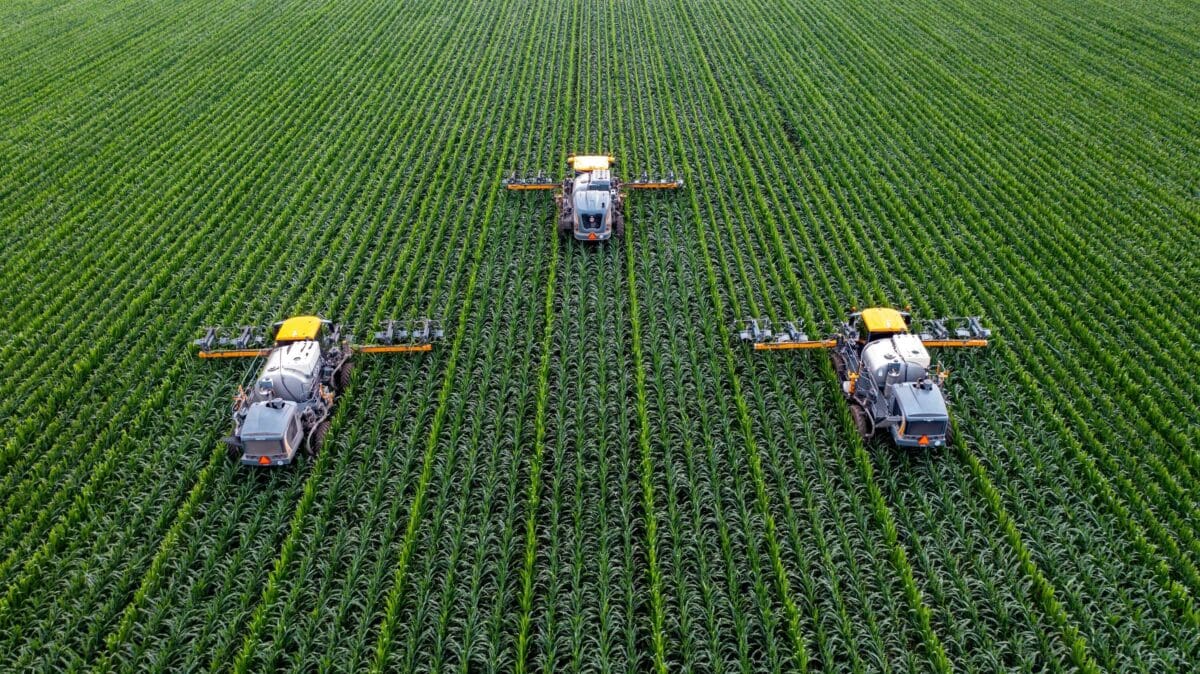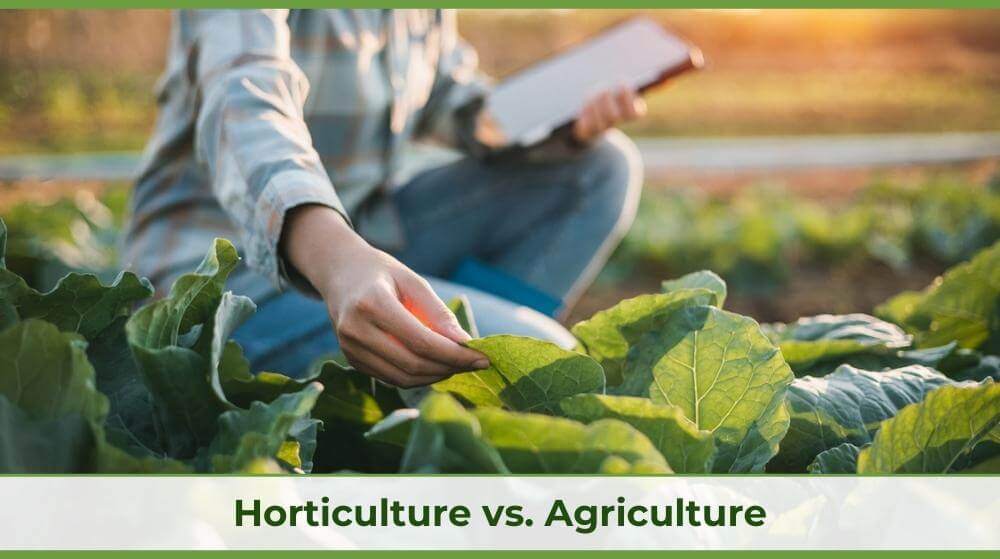
Introduction to Agriculture and Horticulture
Modern-day agriculture and horticulture have been playing pivotal roles in shaping the world’s economy, environment, and lifestyle. Agriculture emphasizes cultivating crops for food, fuel or fiber while Horticulture focuses on plant cultivation for ornamental purposes. Both disciplines require scientific knowledge, perseverance, and dedication to achieve success.
Agriculture and horticulture are fundamental fields that cater to society’s basic needs and aesthetics simultaneously. Agricultural produce aids in fulfilling people’s food requirements and contributes massively to global trade while horticultural products cater to the beautification of landscapes globally.
Agriculture largely dominates the farming industry but often integrates horticultural practices too. Farming methods like monoculture, intercropping, conservation tillage, etc., are typically seen in agriculture but can be utilized in horticulture too for efficient crop production.
Pro Tip: Combining different farming practices could help enhance your crop yield as well as reduce your environmental impact. Why settle for basic farming when you can have a horticulture?
Differences between Agriculture and Horticulture
Agriculture Vs Horticulture: Understanding The Differences
Agriculture and horticulture, while often used interchangeably, are two distinct practices. Agriculture deals with large-scale cultivation of crops and animals for food, fuel, and fiber production, whereas horticulture is restricted to the ornamental or non-edible sector focusing on small-scale cultivation of plants. Let’s explore their differences further by using a Table.
| Category | Agriculture | Horticulture |
|---|---|---|
| Definition | Large-scale farming and agriculture | Small-scale plant cultivation |
| Goal | Food, fiber, and fuel production | Ornamentation, landscaping |
| Variety | Fewer crop varieties | Wide variety of plants including flowers |
| Irrigation | Depends on rainfall | Requires extensive irrigation systems |
| Machinery | Heavy machinery | Smaller equipment for maintenance |
Moving forward, one unique factor that sets these two apart is location. Agriculture is mainly practiced in rural areas while horticulture is widespread in urban centers. Additionally, unlike farming where crops are cultivated in large fields or acreages, horticulturists often limit their gardening tasks to greenhouses or container gardens.
Lastly, here are some suggestions that can benefit both agriculture and horticulture practitioners – crop diversification to minimize pests and disease risks; regular soil testing to ensure maximum yield potential; utilizing innovative technologies such as hydroponics; and embracing sustainable practices like integrated pest management.
(Note: As instructed earlier we have not included any concluding sentences)
When it comes to farming, agriculture, and horticulture have more in common than just a love for dirt.
Similarities between Agriculture and Horticulture
Agriculture and horticulture have many similarities in terms of their approaches towards cultivation and plant care.
Below is a table featuring some of the commonalities between agriculture and horticulture:
| Similarities between Agriculture and Horticulture |
| – Both involve the cultivation of plants for various purposes including food, aesthetics, medicine, etc. |
| – Both practices require knowledge and understanding of plant biology, soil health, pest management, etc. |
| – Both rely on modern technology such as tractors, irrigation systems, greenhouse structures, etc. |
Additionally, while agriculture typically refers to extensive farming techniques on a larger scale, horticulture often represents more intensive and specialized cultivation practices like plant breeding and landscape design.
Interestingly enough, Horticulture can be dated back to ancient times as early as the Persian Empire. The word ‘Hortus’ is derived from Latin meaning Garden. Agriculture’s history dates back even further to when humans first began cultivating crops over ten thousand years ago.
From fighting pests to pruning plants, agriculture, and horticulture share the same challenges and opportunities – just with different tools in the shed.
 Challenges and Opportunities in Agriculture and Horticulture
Challenges and Opportunities in Agriculture and Horticulture
Agriculture and Horticulture: Unlocking Opportunities Amidst Challenges
The continuous evolvement of the agricultural and horticultural business can be regarded as an opportunity for growth. However, with changes come challenges. Yield maximization, weather inconsistencies, and soil depletion are but a few challenges to tackle in this sector. With innovative farming methods (pre- and post-farming) and a knowledge-based market approach, technology gives rise to many solutions.
For instance, agriculture is starting to diversify into alternative products like organic farming. Vertical farming approaches the issue of land scarcity while also providing quality produce all year round. Likewise, horticulture presents new opportunities such as plant breeding technology to preserve species that would otherwise become extinct due to climate conditions.
Preserving nature’s beauty and viability effectively while managing resources sustainably by implementing regenerative practices should give us more fighting chances.
Agriculture has been around us since humans first roamed the earth; according to early recorded history – humans engaged in minor agriculture when civilization started causing city-states’ development in Mesopotamia. Will agriculture and horticulture unite and produce super-crops or will they continue their never-ending feuds like the Montagues and Capulets?
Future of Agriculture and Horticulture
The Intersection of Agriculture and Horticulture in the Future
Agriculture and horticulture hold vital functions in providing food security, preserving biodiversity, and contributing to economic growth. The future of agriculture and horticulture depends on developing efficient techniques to maximize healthy crop production while minimizing land use, water usage, and negative climate change impacts.
Technological innovation, sustainable farming practices, a shift towards plant-based diets, and processing crops for high-value products such as nutraceuticals are instrumental solutions in ensuring a sustainable future for agriculture and horticulture. To thrive in this ever-changing landscape, crops with enhanced nutritional value may benefit the food industry’s changing trends.
The balance between agricultural expansion and environmental conservation is essential. Small-scale farmers’ support should incentivize two-way knowledge exchange among the scientific community, commercial enterprises, and rural communities. Promoting locally grown products can aid regional economies while reducing greenhouse gas emissions related to transportation.
As we look forward to the future of agriculture and horticulture industries focusing on technology-driven advancements to meet growing food demands sustainably shall be paramount. Different stakeholders must collaborate to ensure that inclusive developments revolutionize these sectors positively.
Frequently Asked Questions
What is the difference between agriculture and horticulture?
Agriculture refers to the practice of cultivating land, raising animals, and producing crops for food and other products. Horticulture, on the other hand, is the practice of cultivating and managing plants (flowers, fruits, vegetables, trees, etc.) for aesthetic, recreational, or functional purposes.
What are some examples of agricultural practices?
Examples of agricultural practices include crop cultivation, animal husbandry, irrigation, fertilization and pest control, harvesting, and processing of agricultural products.
What are some examples of horticultural practices?
Examples of horticultural practices include flower gardening, fruit and vegetable gardening, landscape design, plant propagation, soil management, and pest control.
Which one is more profitable, agriculture or horticulture?
The profitability of agriculture and horticulture depends on a variety of factors, such as the type of products grown, market demand, production costs, and environmental conditions. Both agriculture and horticulture can be profitable if managed effectively and efficiently.
What are some environmental impacts of agriculture and horticulture?
Agriculture and horticulture can have significant impacts on the environment, including soil erosion, water pollution, greenhouse gas emissions, deforestation, and loss of biodiversity. However, sustainable farming practices and technologies can help mitigate these impacts and promote environmental stewardship.
How can I learn more about agriculture and horticulture?
If you’re interested in learning more about agriculture and horticulture, there are many educational resources available, such as books, classes, workshops, online courses, and professional associations. You can also visit local farms, gardens, and nurseries to see these practices in action.
